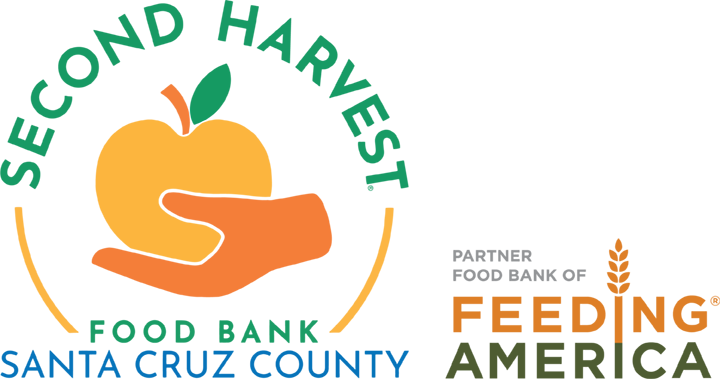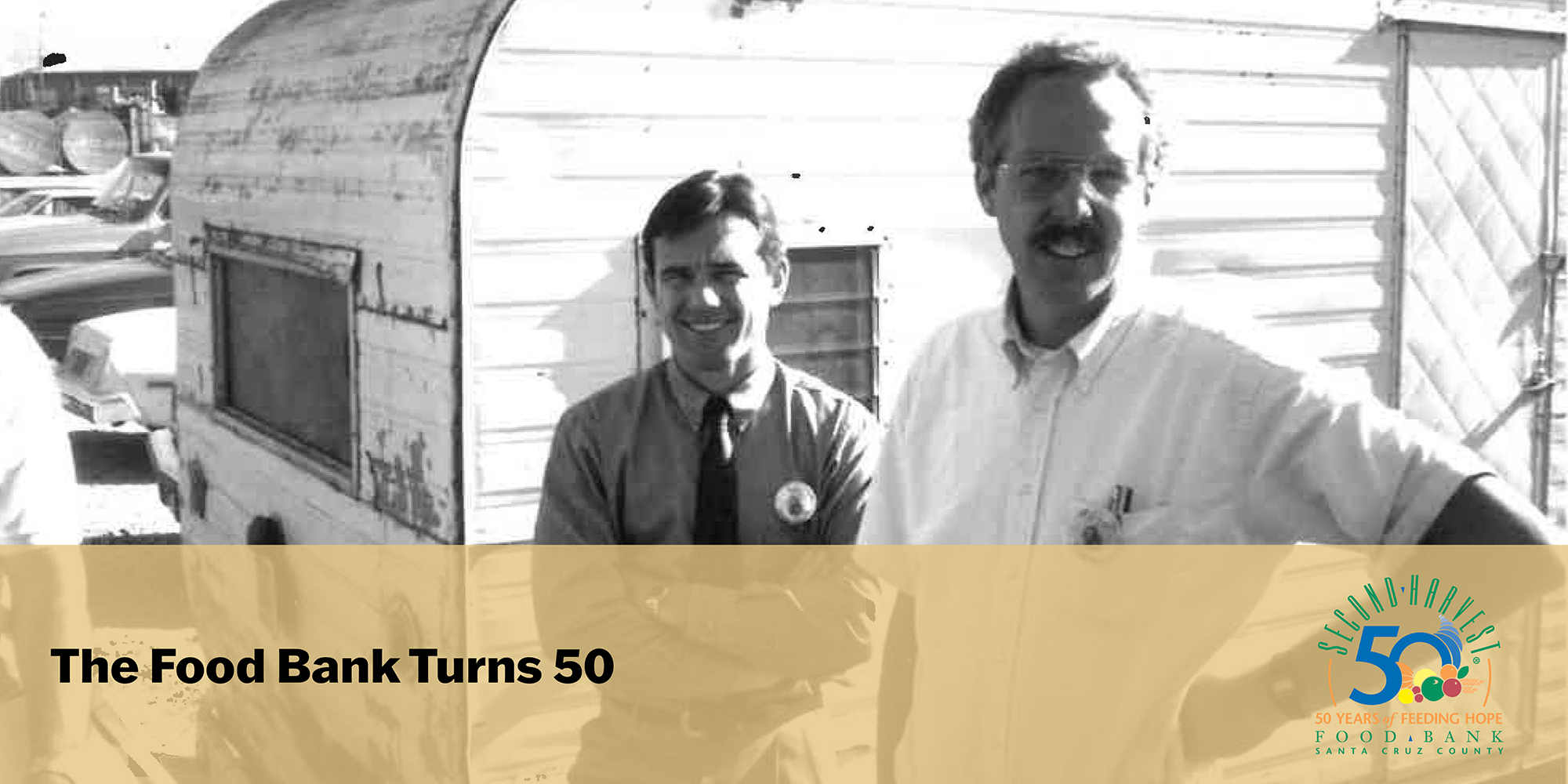January 13, 2022 excerpt from Santa Cruz Sentinel
SANTA CRUZ COUNTY — California’s first food bank grew from cooperation between The Community Action Board and the Black Panthers. That partnership spawned the Breakfast for Kids Program in Santa Cruz County, directed by Al DiLudivico.
This 1969 community effort became the foundation for our food bank. In 1972 DiLudivico engaged
Michael Alexander, a VISTA volunteer, who solicited donations from the local Ag community, grocery retailers and the USDA. Breakfast for Kids, the state’s first food bank and second in the U.S., was off and running.
From then to now – food distributed and people served
THEN: 575 people per month, 356,000 pounds per year, one pick-up truck.
NOW: 75,000 people per month, peaking at 13.6 million pounds during the pandemic, and now leveling off to a new normal of 10 million pounds per year, with eight refrigerated trucks
Funding sources
THEN: 100% government-funded.
NOW: 26% government-funded.
Riding out disasters
Floods, fires, earthquake, recession, and pandemic. The epicenter of the ’89 earthquake was 5 miles from the food bank. The earthquake destroyed 900 houses in Watsonville. Thousands slept in backyards and local parks. The food bank handled as much food in two weeks as it did in a year. The community donated half a million dollars in disaster relief during the next 18 months so
people could get back on their feet. This enormous relief effort triggered a new era. Doubling storage occupying the entire warehouse on Ohlone Parkway was a start.
Shifting to “Nutrition Banking”
At the same time, another problem arose, the effects of inexpensive, calorie-laden processed food.
“When I became director in 1988, snacks and candies and soda were a strong part of
our inventory,” remembers CEO Willy Elliott-McCrea.
Things changed as Elliott-McCrea and his team transitioned the food bank to a nutrition bank. Distribution of soda and other processed foods was eliminated. Distribution of produce, whole grain products and quality protein increased.
Continuous improvements
Massive shelving systems, elevator loading docks, streamlined layout all focused on accelerating food from warehouse to distribution sites. The company continuously seeks efficiencies, bringing more food to people faster.
Additionally, with community support, Second Harvest completed warehouse expansion and upgrades, modernizing its facility with efficient food sorting and distribution areas, solar powered cooler and freezer storage and a nutrition education center.
A pandemic positive
Collecting a thousand barrels of food had long been a tradition. But distribution cost, collecting barrels and sorting was clearly inefficient. The pandemic stopped that cold. The switch from barrels to monetary donations created far more financial support precisely when it was essential. The food bank purchases food at wholesale, providing four meals for $1.
Forward vision
“The food bank is just the distribution hub,” Elliott-McCrea explained. “Our community partners
distribute food where it’s needed. We’ve got to continue building their strengths. Increased storage, handling, refrigeration and improved capabilities can help. Strengthening our pantry network for sustainability with improved technology is important. This can happen through community-driven partnerships. It’s essential.”

